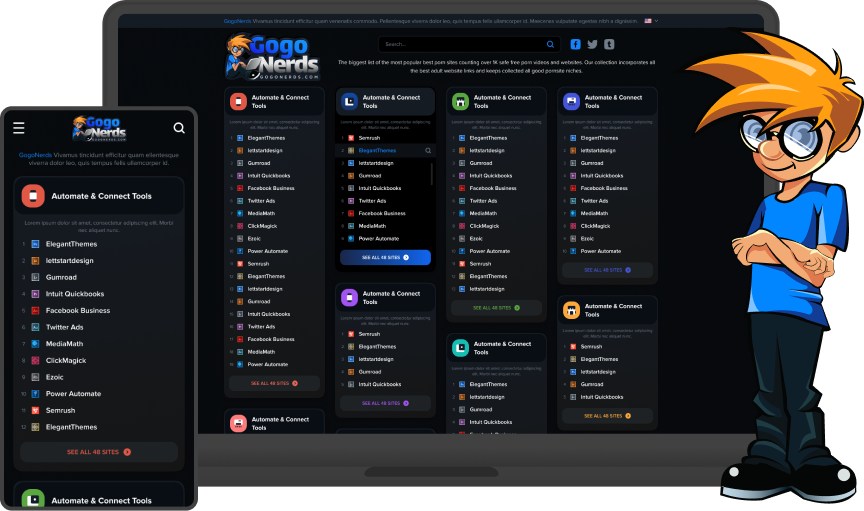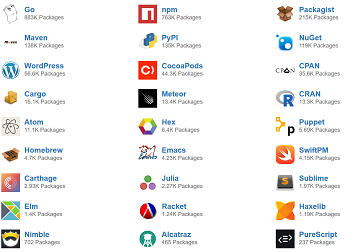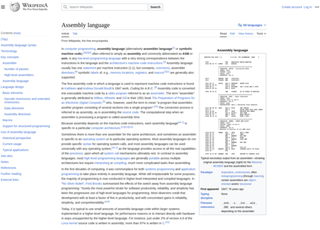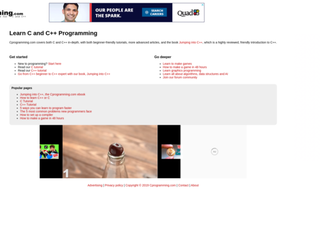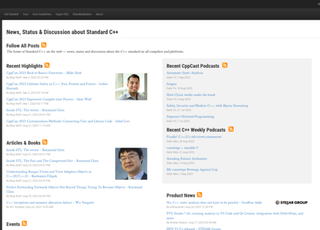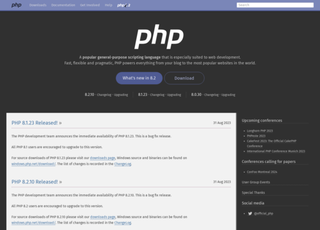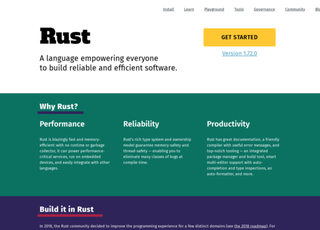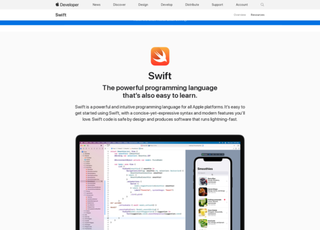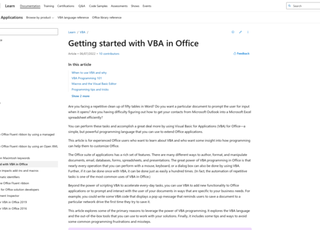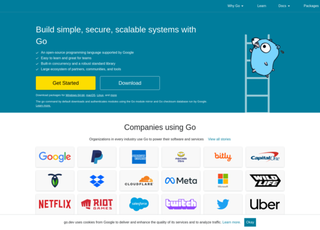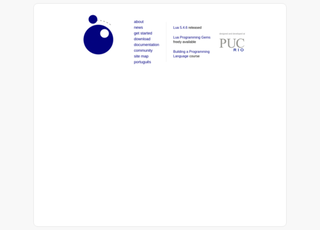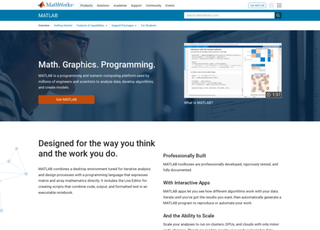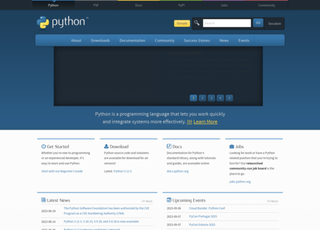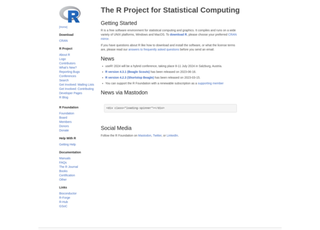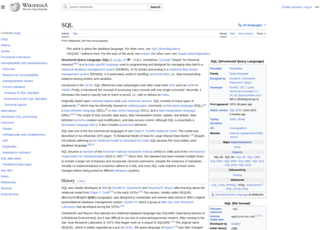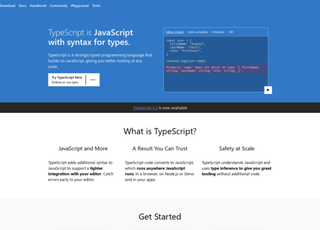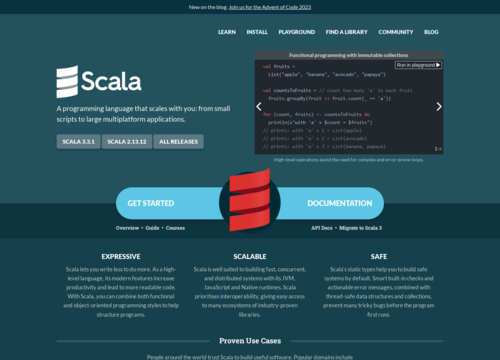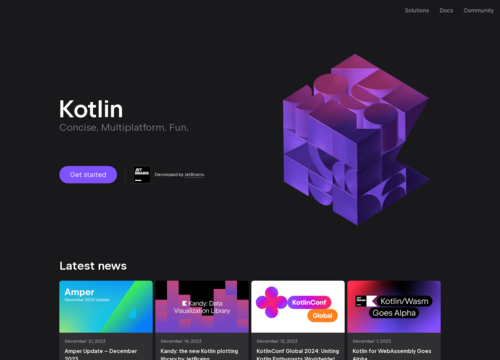Groovy
https://groovy-lang.org/Groovy
Groovy is a powerful, optionally typed and dynamic language, with static-typing and static compilation capabilities, for the Java platform. It's aimed at improving developer productivity thanks to a concise, familiar, and easy to learn syntax.
Here are some key points about Groovy:
Java Compatibility
Groovy is designed to be compatible with Java, allowing developers to easily integrate Groovy code with existing Java projects and libraries.
You can call Java code from Groovy and vice versa as they both compile to JVM (Java Virtual Machine) bytecode.
Syntax and Features
Groovy's syntax is similar to Java's, which makes it easy for Java developers to learn.
It also provides additional features and simplifications, making code more readable and easier to write.
Groovy supports dynamic typing alongside static typing.
It has native support for lists, maps, regular expressions, and other common data types.
Domain-Specific Languages (DSL)
Groovy is known for its capability to create internal DSLs which are concise, readable, and maintainable.
This feature is very useful for configuration, scripting, and other similar use cases.
Grape
Groovy's Grape is a feature that allows you to quickly add dependencies to your scripts or classes, simplifying dependency management.
Metaprogramming
Groovy has strong support for metaprogramming, which allows developers to extend the language, add new functionalities, and change the behavior of objects at runtime.
Tool and Framework Support
There are many tools and frameworks available for Groovy, such as Grails, a web application framework, and Spock, a testing framework.
Groovy also integrates well with build tools like Gradle.
Community and Development
Groovy has a strong community and is actively developed and maintained.
It's managed under the Apache Software Foundation since 2015.
Usage
Groovy is often used for scripting, testing, and developing web applications.
Performance
While Groovy’s performance is not on par with Java due to its dynamic nature, it has been improved over the years, especially with the introduction of static compilation.
Learning Curve
Due to its similarity to Java and its simplified syntax, the learning curve for Groovy is often considered to be low, especially for Java developers.
AST Transformations
Groovy provides AST (Abstract Syntax Tree) transformations which allow developers to hook into the compilation process to modify the code before it gets compiled. This is a powerful feature for creating custom behaviors or annotations, and can also help in optimizing code.
Closure and Functional Programming Support
Groovy has strong support for closures and functional programming paradigms, making it easier to work with collections, and allowing for the creation of concise and expressive code.
Scripting Capabilities
Groovy can be used as a scripting language. It has a GroovyShell and GroovyScriptEngine which facilitate scripting, and its scripts can be run directly from the command line.
Templates
Groovy provides powerful template engines to generate textual outputs. It supports several types of templates like GStringTemplateEngine, SimpleTemplateEngine, and MarkupTemplateEngine.
Builder Support
Builders in Groovy provide a way to construct complex objects in a readable and maintainable manner. They are often used for creating domain-specific languages, XML/HTML generation, etc.
Concurrency Support
Groovy provides GPars, a concurrency library, which offers a range of concurrency concepts like actors, dataflow, and software transactional memory to help developers write concurrent programs.
JSON and XML Handling
Groovy provides easy-to-use libraries for working with JSON and XML, which are often used for configuration, data storage, and communication in modern applications.
Web Development
Besides Grails, Groovy can be used with various other web frameworks like Ratpack, which allows for reactive web applications, and Spring Boot, which simplifies the setup of Spring applications.
Testing Frameworks
Groovy's concise syntax makes it a popular choice for writing tests. Frameworks like Spock provide powerful testing capabilities with an easy-to-read syntax.
Database Interaction
Groovy provides various libraries and frameworks like GORM (Grails Object Relational Mapping) for interacting with databases in a simplified and efficient manner.
Groovy provides a blend of power and flexibility, making it a good choice for a wide range of programming tasks.

